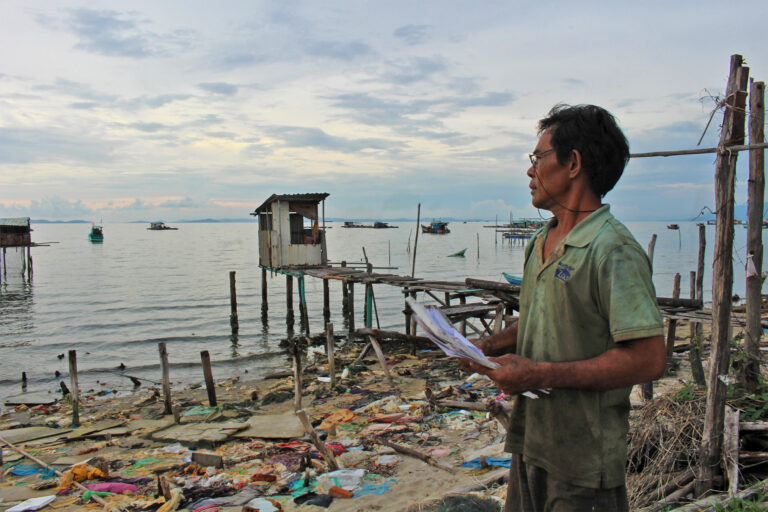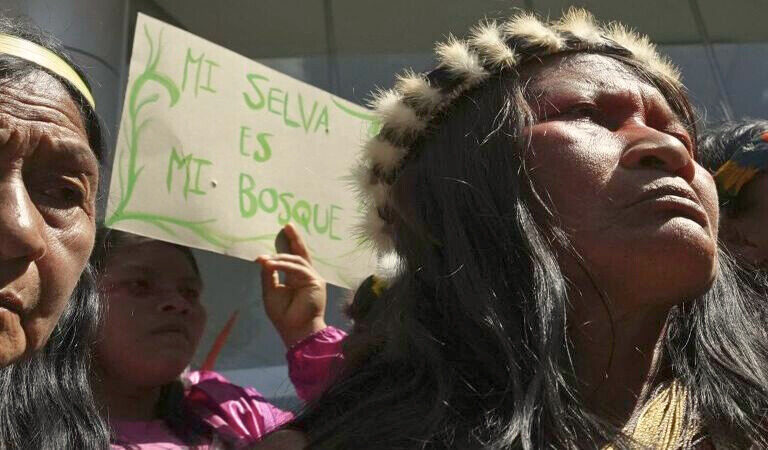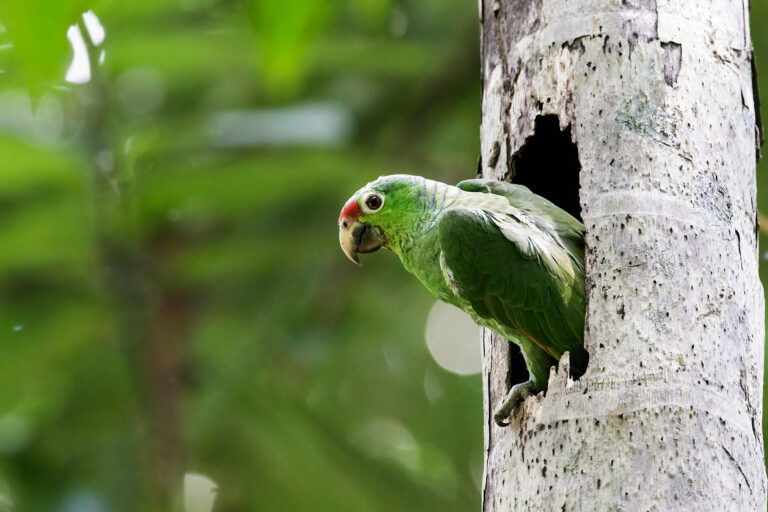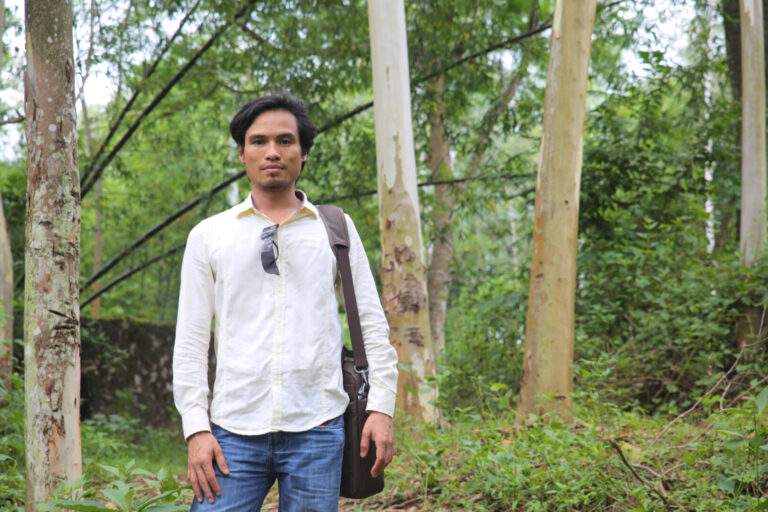The future of Easter Island
The future of Easter Island
Pablo García-Chevesich, Forest Engineer, M. Sc., and Ph. D (s)
mongabay.com
February 25, 2008
“Failures are divided into two classes: those who thought and never did, and those who did and never thought” — John Charles Salak.
Today the saga that is Easter Island’s past is well known. The tragic circumstances that led to the downfall of its early civilization through starvation and war are of epic proportions. Many scientists agree that the real life scenario born from this isolated island serves as a warning, about the interrelatedness between scarcity of natural resources and conflict, for all mankind. However, current natural resource practices suggest that this lesson has fallen on deaf ears.
There is a strict sequence of events following an indiscriminate harvesting of forests: (1) removal of vegetation, (2) soil erosion, and (3) desertification and loss of land fertility, as experienced in Easter Island. Considering the way we are clear cutting our forests, urbanizing our natural areas, and abusing our water resources, there can be little doubt that our population is reaching a “peak” which will inevitably suffer a dramatic decline once the productivity of the land diminishes. According to studies of Easter Island, the peak of the insular civilization occurred between the years 1,200 and 1,500, coinciding with the construction of the “moais” (statues made of rock, requiring wood for their construction), i. e. during the highest rates of forest harvesting.
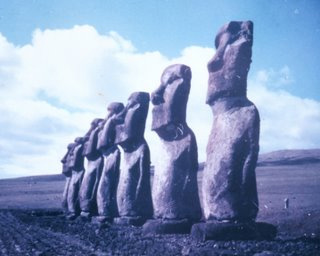 Statues on Easter Island, Chile. Credit: National Oceanic and Atmospheric Administration, |
There are still important lessons that we must learn from Easter Island. Currently, Easter Island’s rates of soil erosion are still extremely high, mostly due to illegal burns and overgrazing. With the soils being lost at a higher rate than they are formed, there is going to be a time when there is no more soil to lose and the landscape will change into a large mass of dark rocks, putting in danger the tourist activity of the Island (the main income for the local community), not to mention the lives of the islanders themselves.
The good news is- the situation is reversible. By implementing some basic erosion control measures and soil conservation practices, land productivity could be restored to Easter Island (after 800 years of infertile lands). However, much like the past civilization of the island, the local community is ignoring the promise of future danger. The first step towards saving the island and its soils is to educate the islanders on the importance of their soils and the terrible consequences of continuing current land management practices.
As a Chilean researcher and professor in the field of watershed hydrology and erosion control, I cordially invite the international scientific community to join me in an effort to safeguard the future of Easter Island, through soil conservation. In doing so, Easter Island could be turned form a legend of gloom and doom into a tale of land productivity reclamation for future generations.
Contact Pablo García Chevesich







